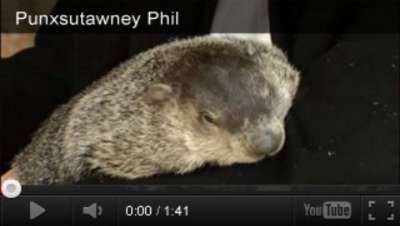A Day In Space Substitute Teacher Kit
A Day in Space (Grades 5-6)
Introduction
 |
Most fifth- and sixth-grade students are curious about outer space. As their substitute teacher, you can build on this interest by using some of the activities listed here. The kit can serve as the foundation for lessons for a day or a week, or you can pick just a few activities. |
Books to Read:
![]() Exploring Space by Barbara Bourne
Exploring Space by Barbara Bourne
![]() Our Future in Space by Don Berliner
Our Future in Space by Don Berliner
![]() Space by Alan Dyer
Space by Alan Dyer
![]() Space Exploration by Carol Stott
Space Exploration by Carol Stott
![]() Space Shuttle by Mark Bergin
Space Shuttle by Mark Bergin
![]() Stars and Planets by David Lambert
Stars and Planets by David Lambert
![]() A 3-D View of Outer Space by Keith Faulkner
A 3-D View of Outer Space by Keith Faulkner
![]() The Universe and Beyond by Terence Dickinson
The Universe and Beyond by Terence Dickinson
Websites to Visit:
Exploring the Planets
![]() http://www.nasm.si.edu/education/cybercenter/planets/
http://www.nasm.si.edu/education/cybercenter/planets/
NASA Kids Activities
![]() http://www.nasa.gov/audience/forkids/activities/index.html
http://www.nasa.gov/audience/forkids/activities/index.html
Our Solar System
![]() http://www.nasa.gov/topics/solarsystem/index.html
http://www.nasa.gov/topics/solarsystem/index.html
Classroom Management Tips
Preparing for Takeoff â Icebreaker
| ⢠| Before school begins, draw a large, simple rocket on the chalkboard. |
| ⢠| Next to the rocket write, "What will we learn about today?" |
| ⢠| As students arrive, direct their attention to the board and suggest that they begin brainstorming answers to the question. |
| ⢠| Encourage them to jot down their thoughts. When everyone is present, invite students to share their ideas. |
| ⢠| After the discussion, identify the topic for the day by saying, "We're going to take an exciting tour of the universe today. So put on your seatbelts, jump aboard the rocket, and get ready for the ride!" |
Motivating the Astronauts â Icebreaker
| ⢠| Have students sit or stand in a circle. |
| ⢠| Find a small ball or beanbag. |
| ⢠| Encourage students to think of questions they have about outer space. |
| ⢠| Toss the ball or beanbag to a student, directing him or her to say, "My name is _____, and I have a question about space. I'd like to know _____________." |
| ⢠| Prompt students to pass the ball around the circle. |
| ⢠| When every student has contributed, review the questions. Suggest that the class work as a team to find answers to as many of their questions as possible. |
Planetary Behavior Charts
| ⢠| Provide each student with a strip of paper, roughly 4" x 11". |
| ⢠| Tell students to write the names of the eight planets down the left side of the strips (Mercury, Venus, Earth, Mars, Jupiter, Saturn, Uranus, Neptune). |
| ⢠| Have them consult books or websites to help them draw a small picture of the planet next to each name on their strips. |
| ⢠| Ask them to tape the strips to the corners of their desks. |
| ⢠| Mark the planets with stickers or checkmarks to reinforce positive behaviors. |
| ⢠| Begin with Mercury, challenging students to earn a mark on each planet before the day is over. |
| ⢠| Offer a reward to students who have earned marks on all their planets by the end of the day. (Rewards might include a healthful snack or free reading time.) |
Space Library
| ⢠| Send a pair of students to the library to collect books, tapes, and videos related to space. |
| ⢠| Invite students to use these materials when they have free time. You might suggest that they:
  â read a space book for enjoyment.   â search a book for answers to questions generated earlier.   â gather facts and write a report about a space topic. |
| ⢠| You may also wish to set aside some of the materials, such as tapes or videos, for teacher-directed use. |
Space Shuttle Teams
| ⢠| Early in the day, divide the class into small groups of five or six students. |
| ⢠| Assign the name of a space shuttle to each group (Atlantis, Columbia, Discovery, Endeavor). |
| ⢠| Throughout the day, ask students to encourage everyone on their shuttle team to:
â stay with the class during times of transition. â stay on task during work times. â participate in class discussions. â follow classroom procedures and rules. |
| ⢠| You may wish to reward effective shuttle teams special privileges, such as independent reading time or free computer time. |
Stress Reliever
If the intensity level gets high, students can burn off steam with "anti-gravity jumps." Have students imagine that they are on another planet that has less gravity than ours. Then have them do jumping jacks. Explain to students that they could probably jump more easily and stay in the air longer if they were on a planet with less gravity. After a few minutes, allow students to rest and take a "gravity break." You may also wish to have students do jumping jacks as if they were on a planet that has more gravity than ours.












